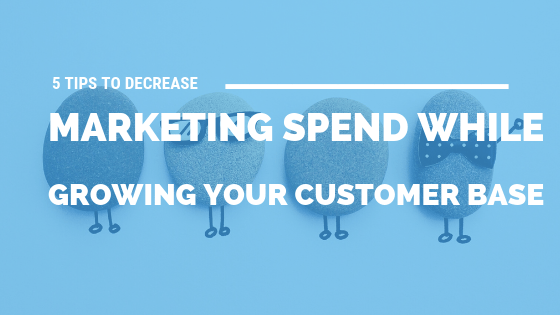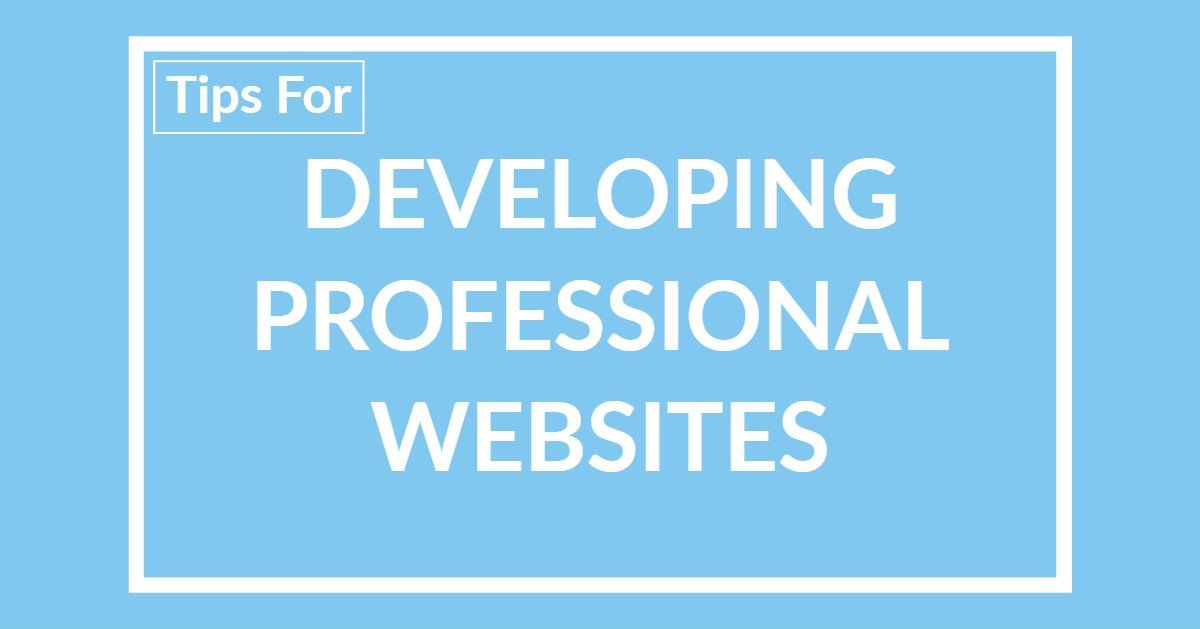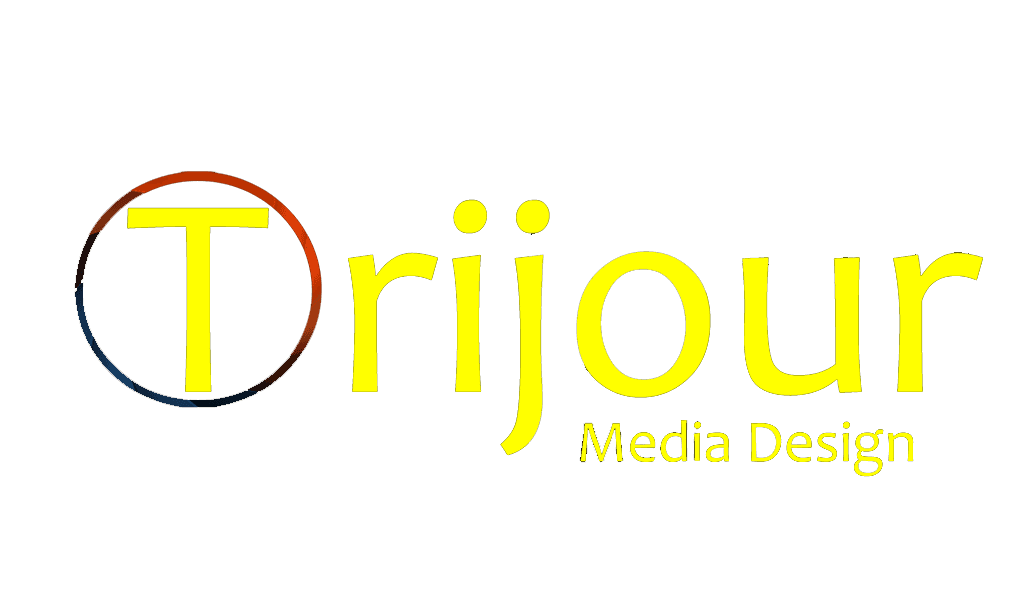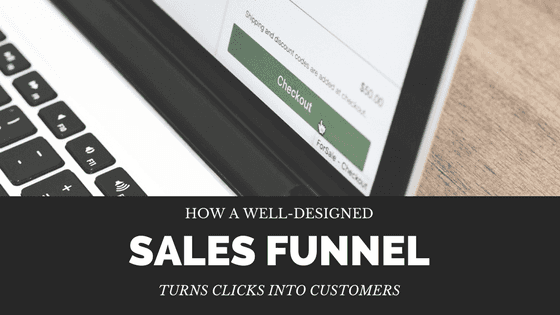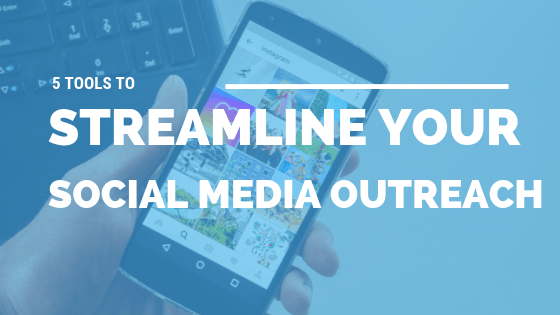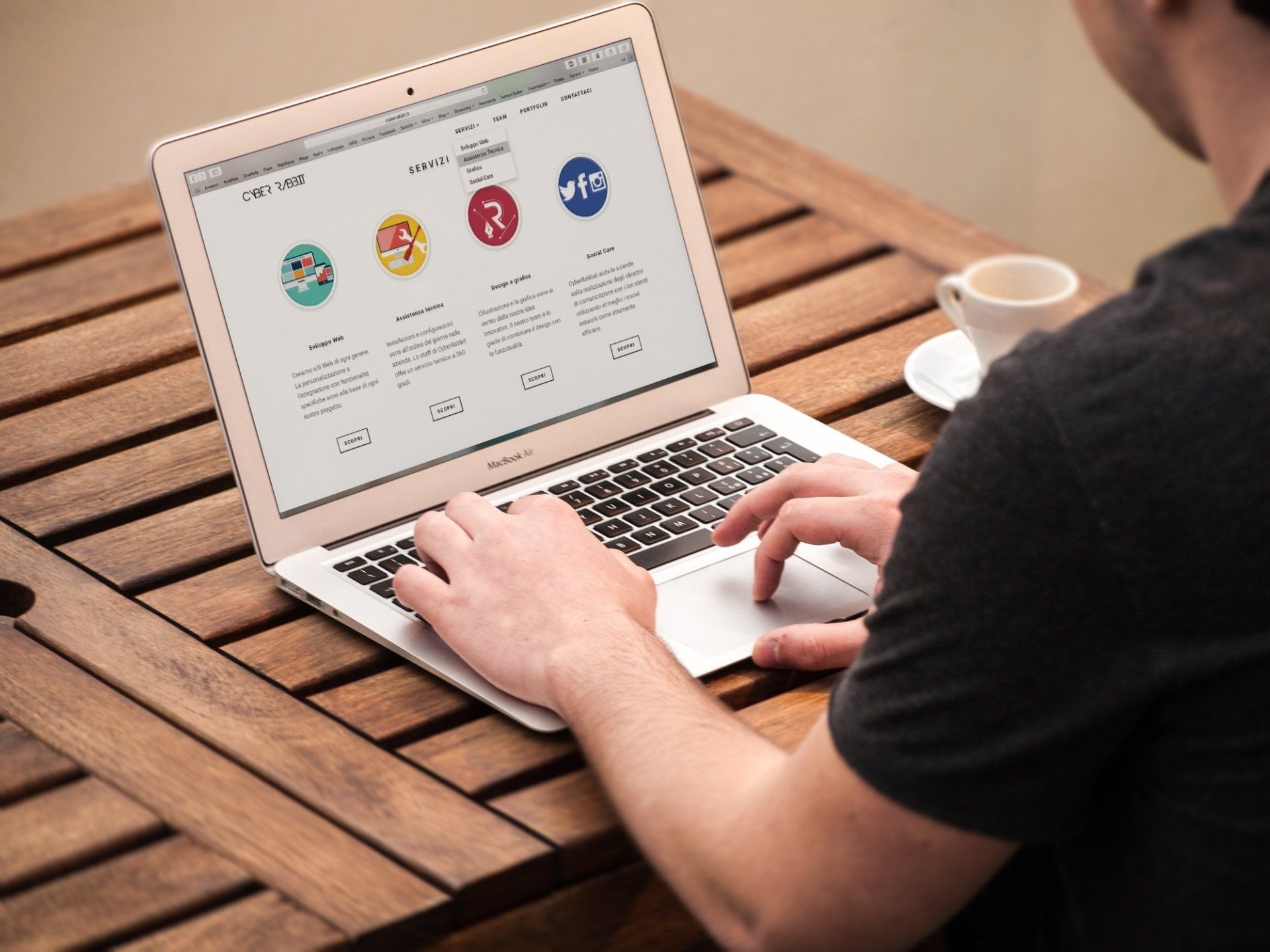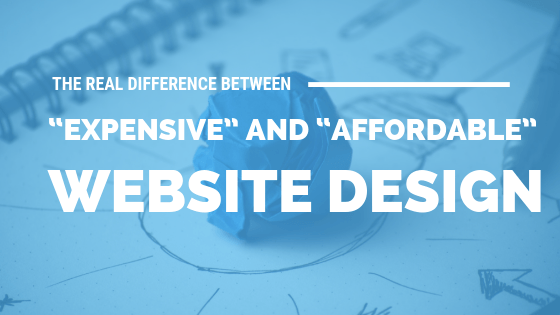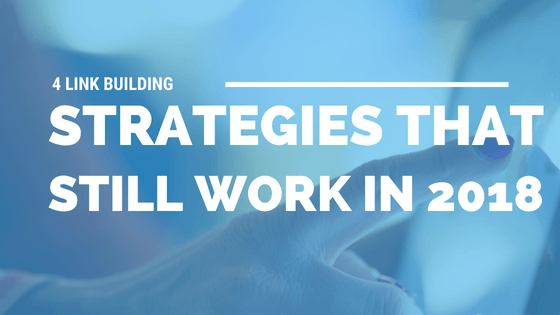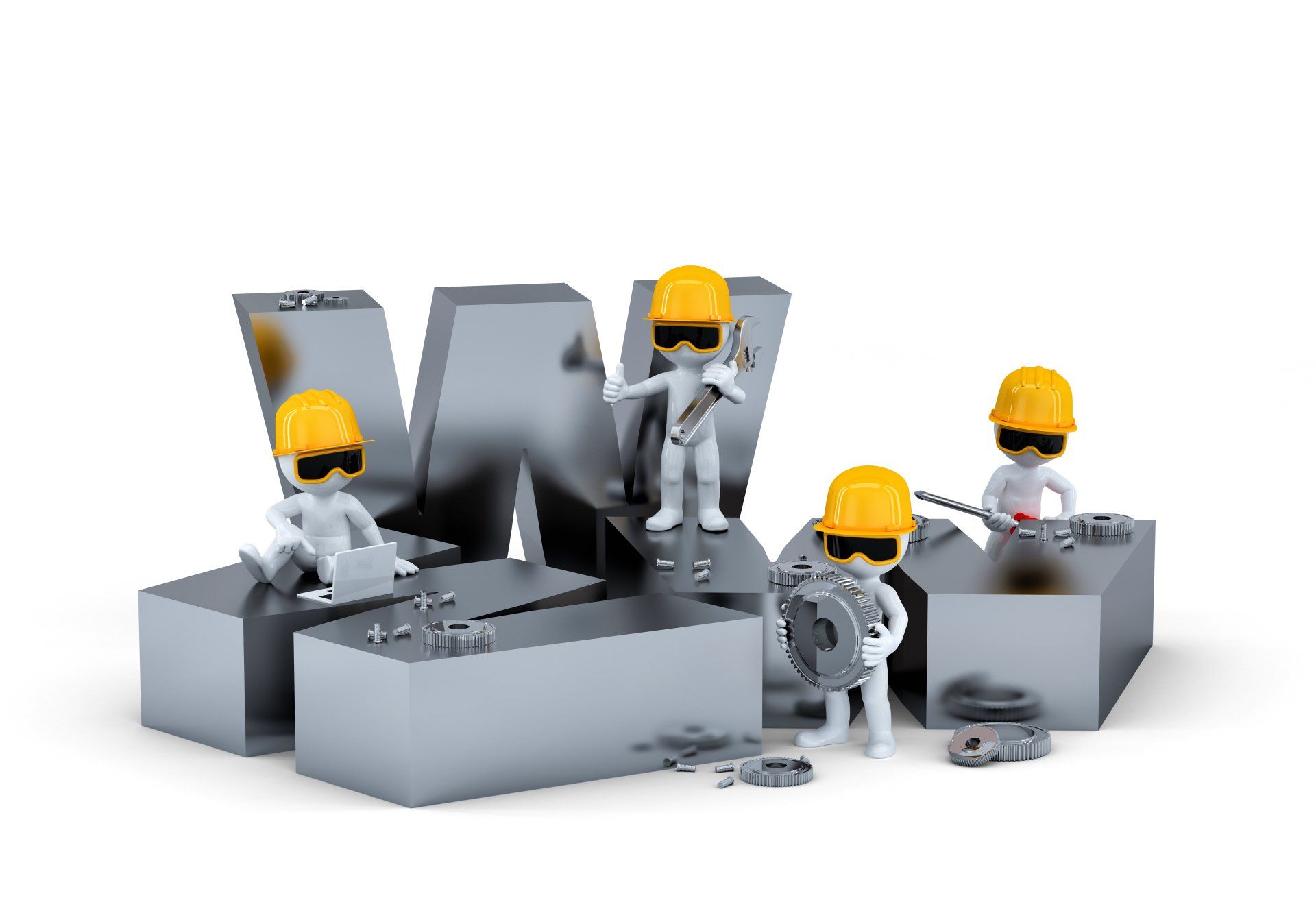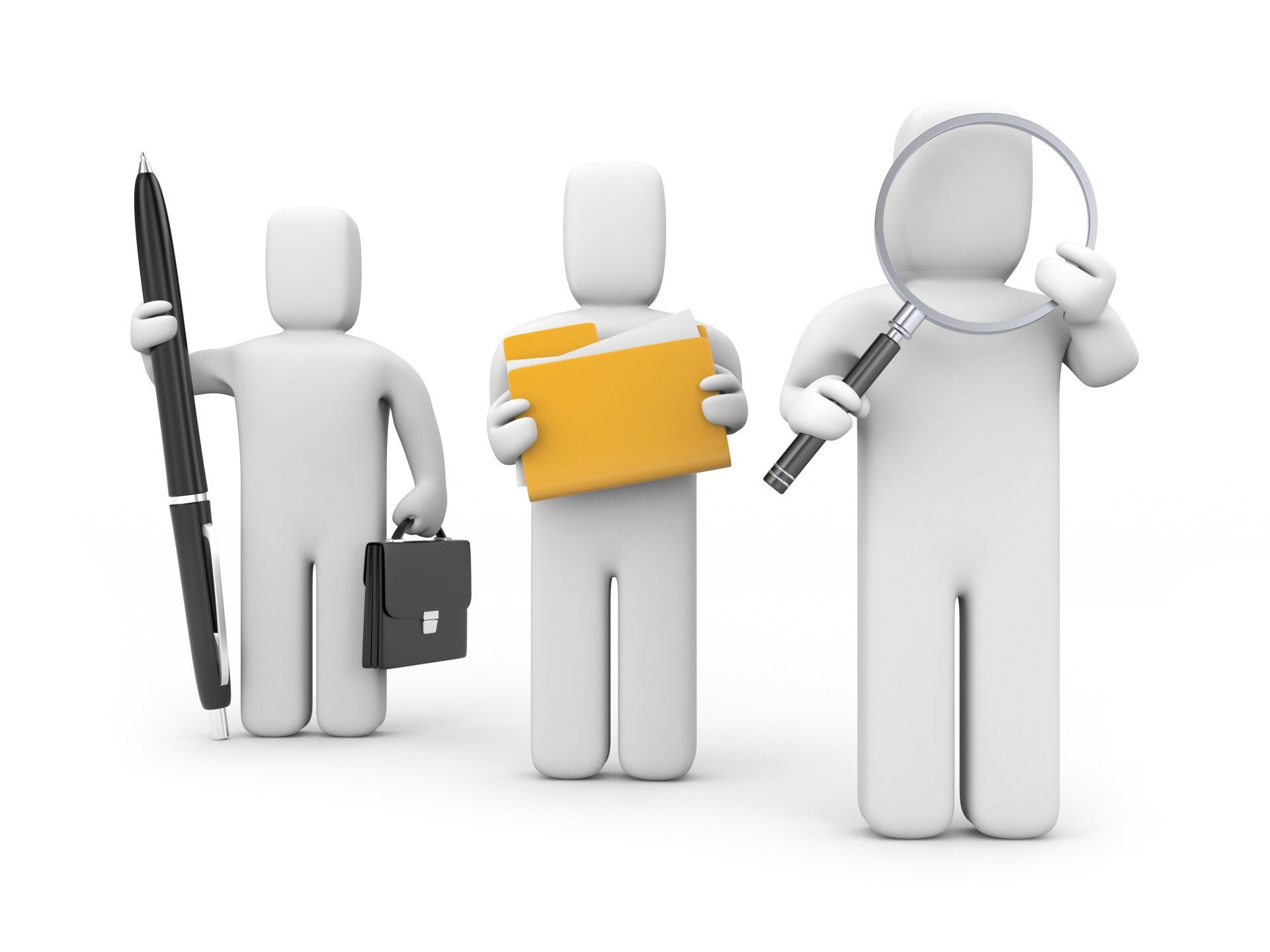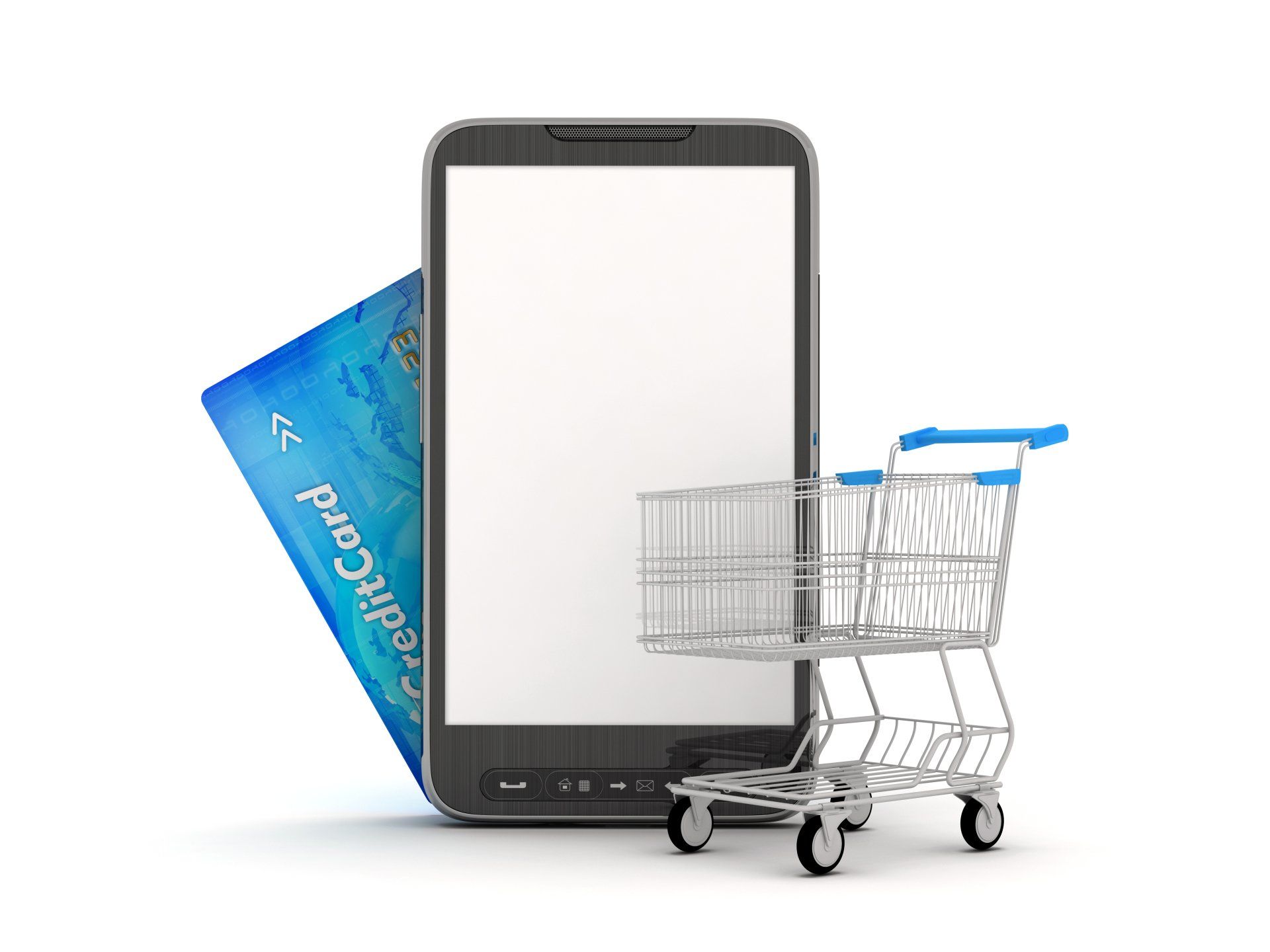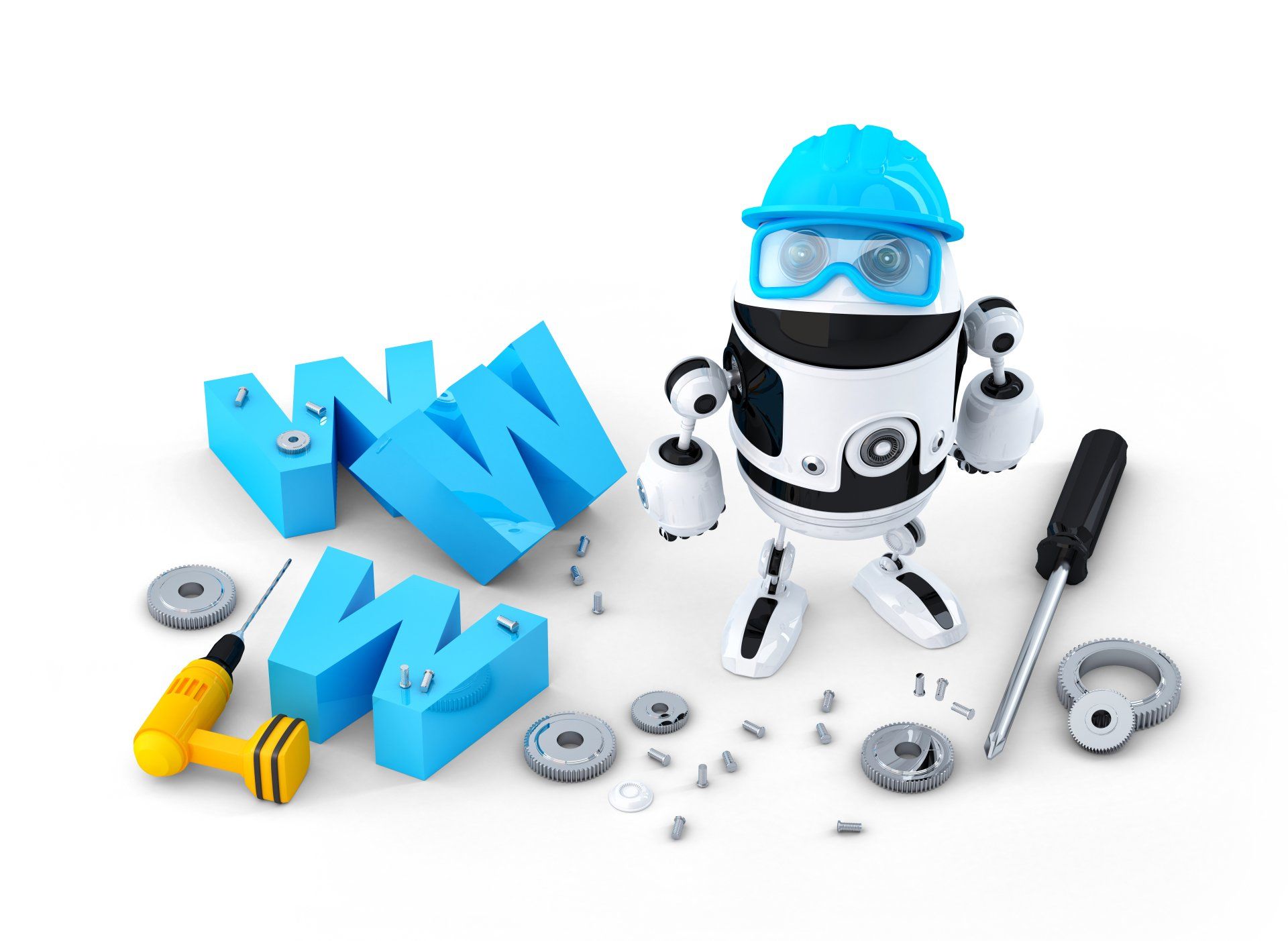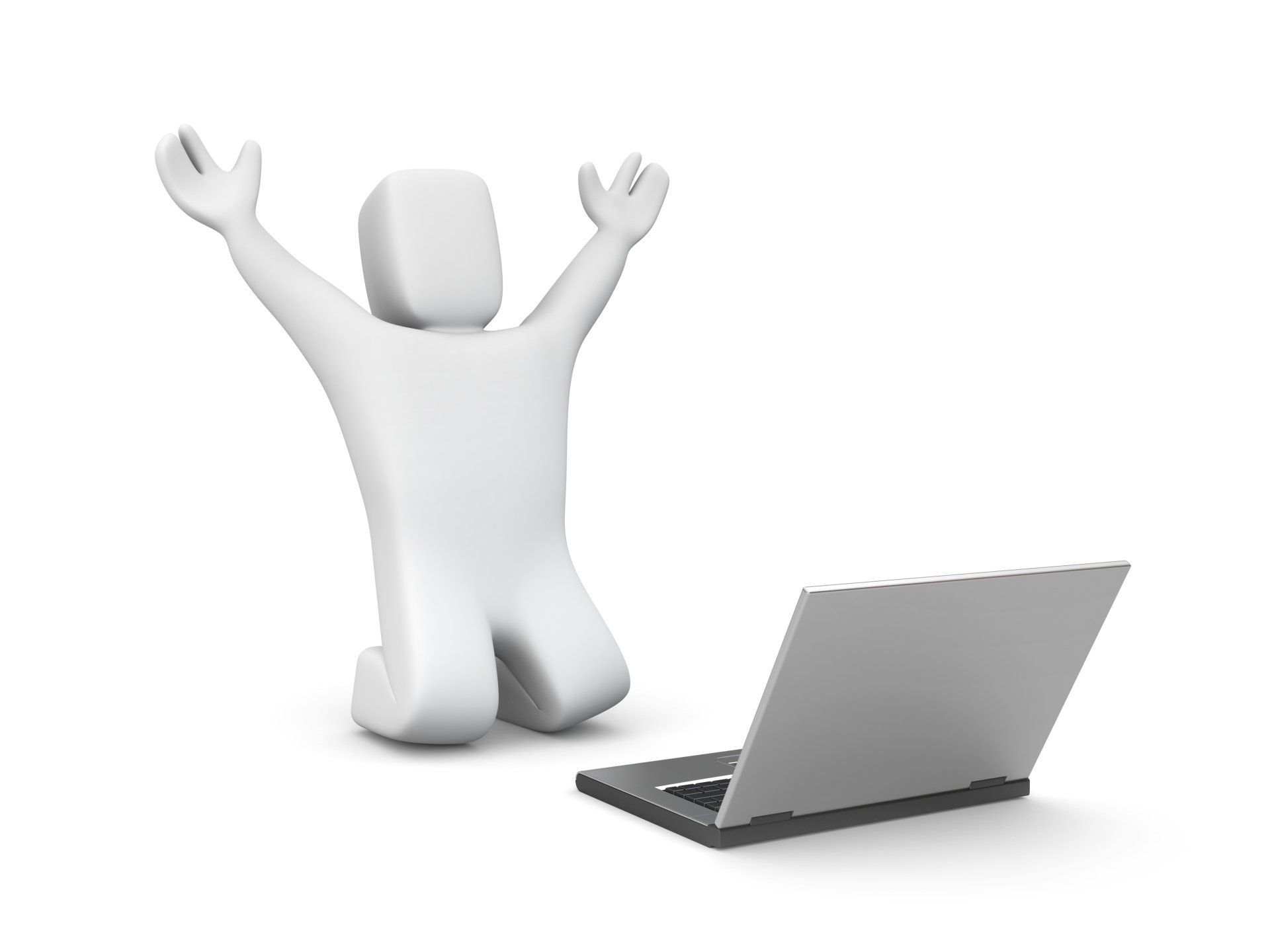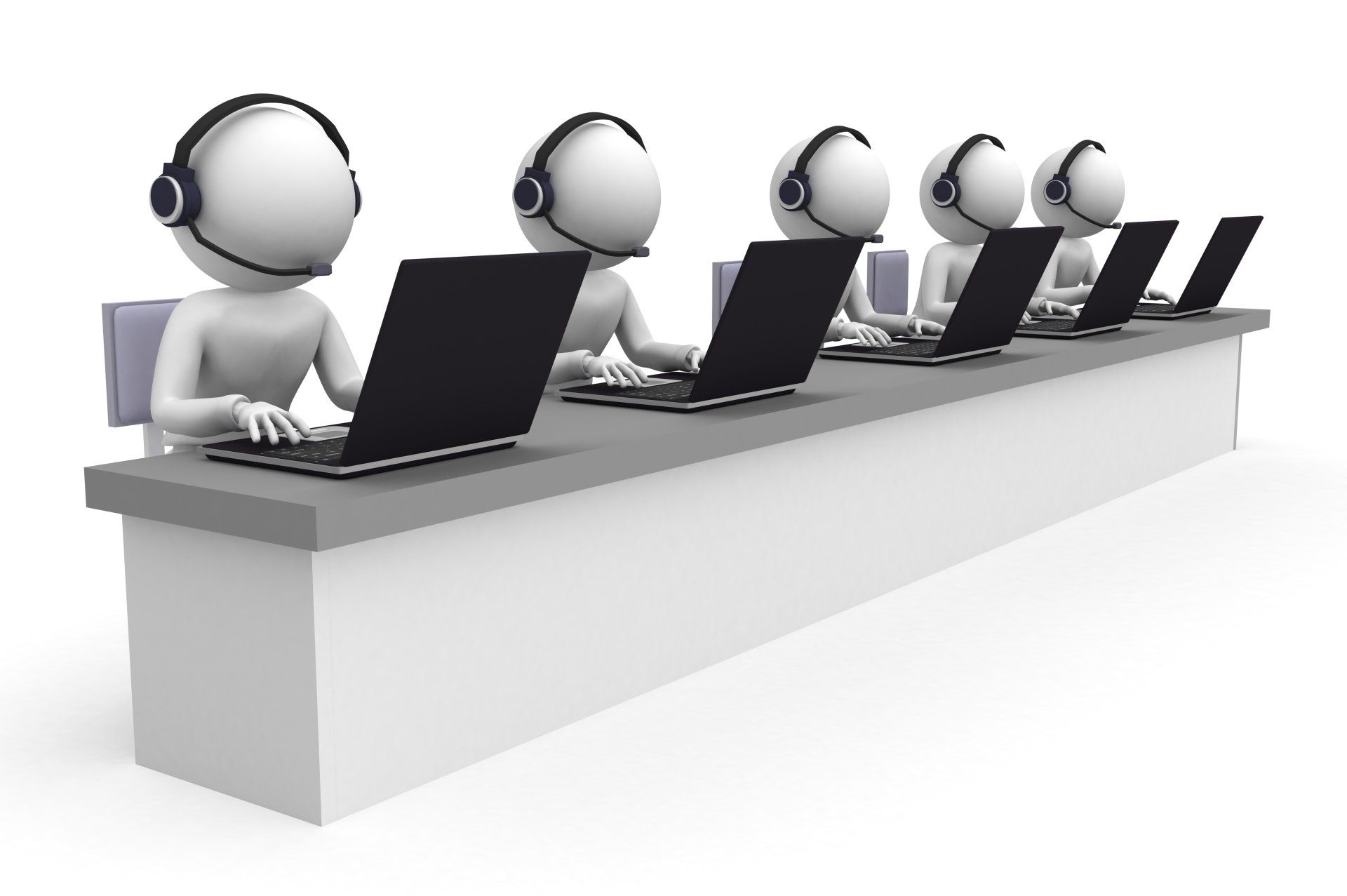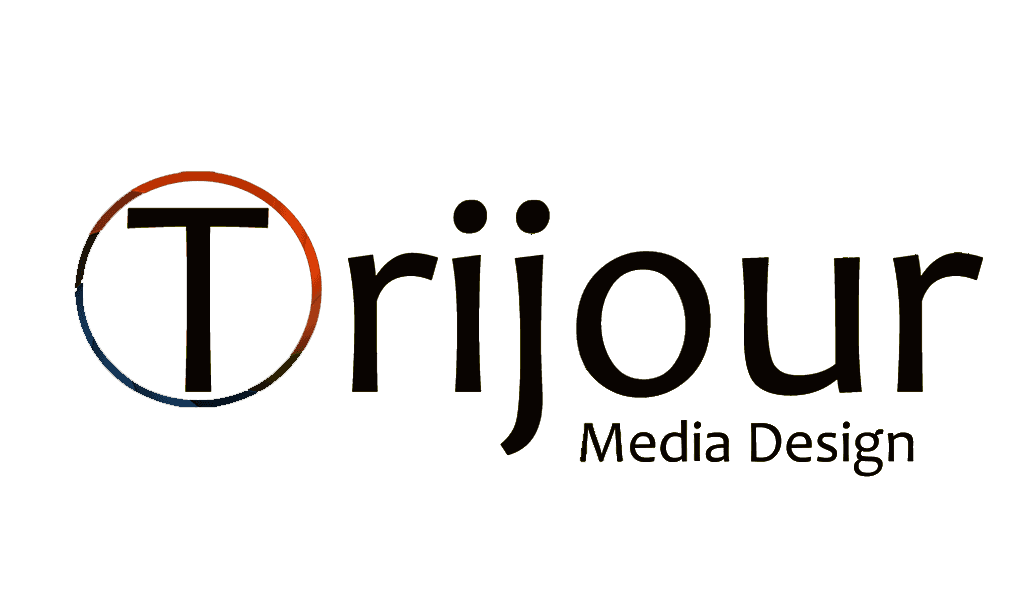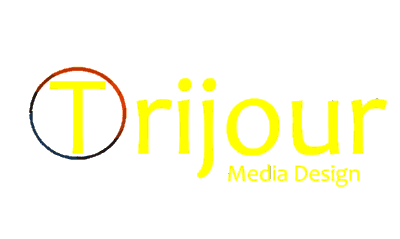How A Well-Designed Sales Funnel Turns Clicks into Customers
Today, the term “online business” is pretty much redundant. If you operate any kind of money-making enterprise and you aren’t at the very least promoting yourself online, you’re missing out on the lion’s share of potential revenue. But even if you have a robust company, with great SEO, a highly-trafficked website, and well-executed content marketing campaigns, you may still be wondering how best to convert visitors to your site into paying customers. A lot of that comes down to your sales funnel. Learning what a sales funnel is, and the best practices for designing and implementing one on your site, can take your profits to the next level.
The Funnel of Love (And Money)
Think of the sales funnel as the ordered steps that guide potential customers along the process of buying, from becoming acquainted with your product, to learning more about it, to making the decision to buy, to actually entering their information and confirming their purchase (and ideally, to returning to purchase again). The different parts of the funnel should work like a well-oiled machine, directing visitors to your site along the path toward a purchase so smoothly that it’s practically an inevitability. The funnel can be broken down into four main parts. Let’s look at how they fit together, and how to maximize the effectiveness of each one.
Awareness
It all begins with the awareness stage, in which your customer initially becomes aware of your product. That’s where SEO plays its biggest role. Your customer may have a need for a particular product or a problem that needs solving. Setting up your site to be the first thing he sees when he searches “lawnmower” or “how to cut grass” gets him right into the awareness stage. With other types of product, well-placed social content can be the key to the awareness stage. This is why influencer marketing is gaining popularity: it makes it so the customer’s first association with your product is a positive one based on his pre-existing relationship with someone he admires enough to follow on social media. The awareness stage also includes content marketing, as curious readers can learn about your product through a blog or article.
Interest
Now that you’ve got your customer’s attention and he knows your product exists, you’ve got to keep his attention. A well-designed landing page will immediately trigger a positive response, so that’s one area to direct your resources at this stage. Email marketing is another area within this stage-the customer has already subscribed to your list, now you’ve got the opportunity to build his interest in your product with well-conducted campaigns, especially those personalized and targeted to his needs (which is why collecting other data along with the email address is such a good idea). Social media plays a role in this stage, too-monitoring mentions of your product and responding effectively can convert an aware customer to an interested one.
Decision
Up till this point, you’ve let the customer think he’s in control, but now that his interest has built, it’s time to make his mind up for him. An effective call-to-action, particularly one with a limited time frame in which to act, can be great at this stage. Emphasize what he stands to gain, and how much he has to lose by waiting. Plan this stage so it flows naturally from the Interest stage-as he’s learning about the product, he should be learning about why he needs it, and why he needs it now.
Action
Now, it’s up to your customer to pull the trigger. Design your siteso that he can skip right to this stage at any point. If your email marketing campaign has informative articles, it should also have links directly to your purchase page. If your call to action has a discount included, that discount should already be applied when he clicks through to take advantage. This is also an area where your site design needs to be flawless-after all, you don’t want to have your customer interested and committed to making a purchase, only to be discouraged by a confusing menu or too many options.
Putting It All Together
These stages overlap with each other at various points, and as stated above, it’s obviously not a problem if a customer jumps straight from Awareness to Actions. But for more hesitant customers, an effective funnel can make the difference between navigating away from your site to browse competitors and making a purchase without thinking twice. Maximize the effectiveness of each stage, and you’ll see clicks turning into cash in no time.
v